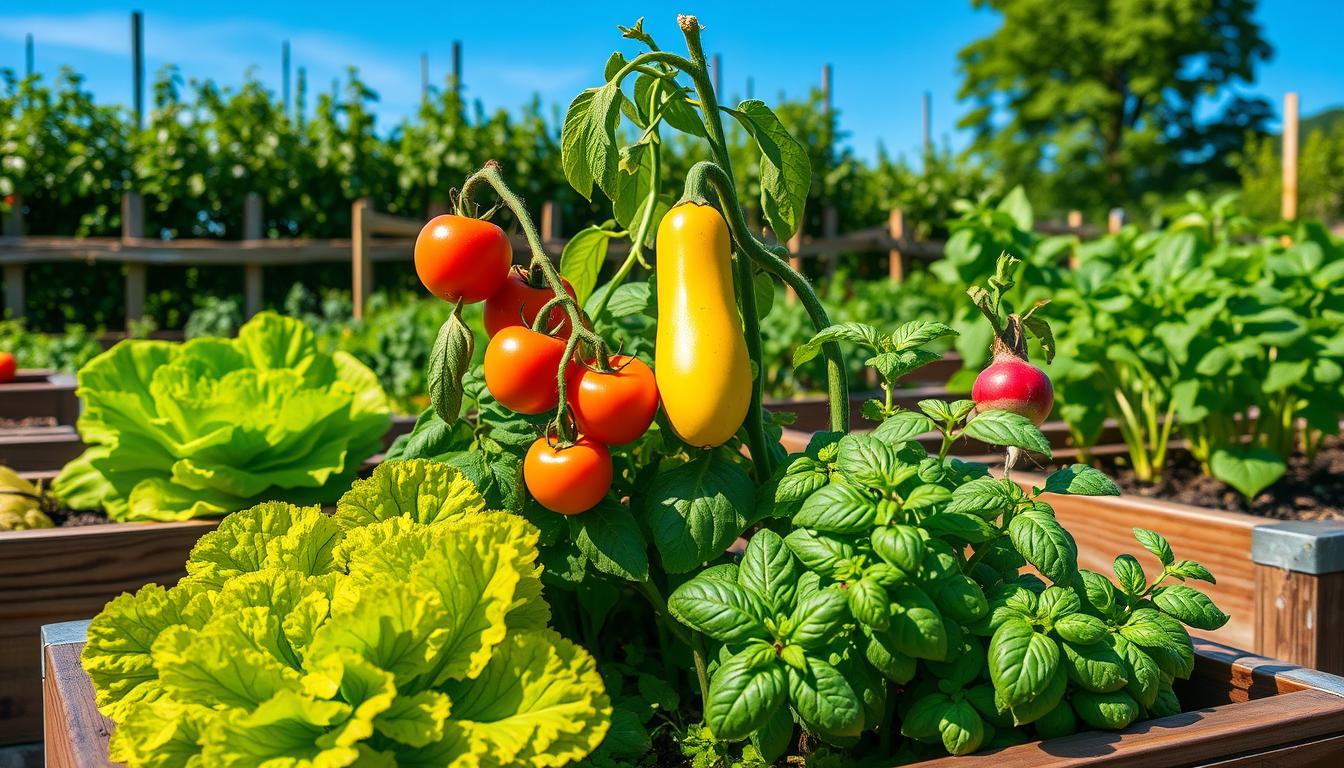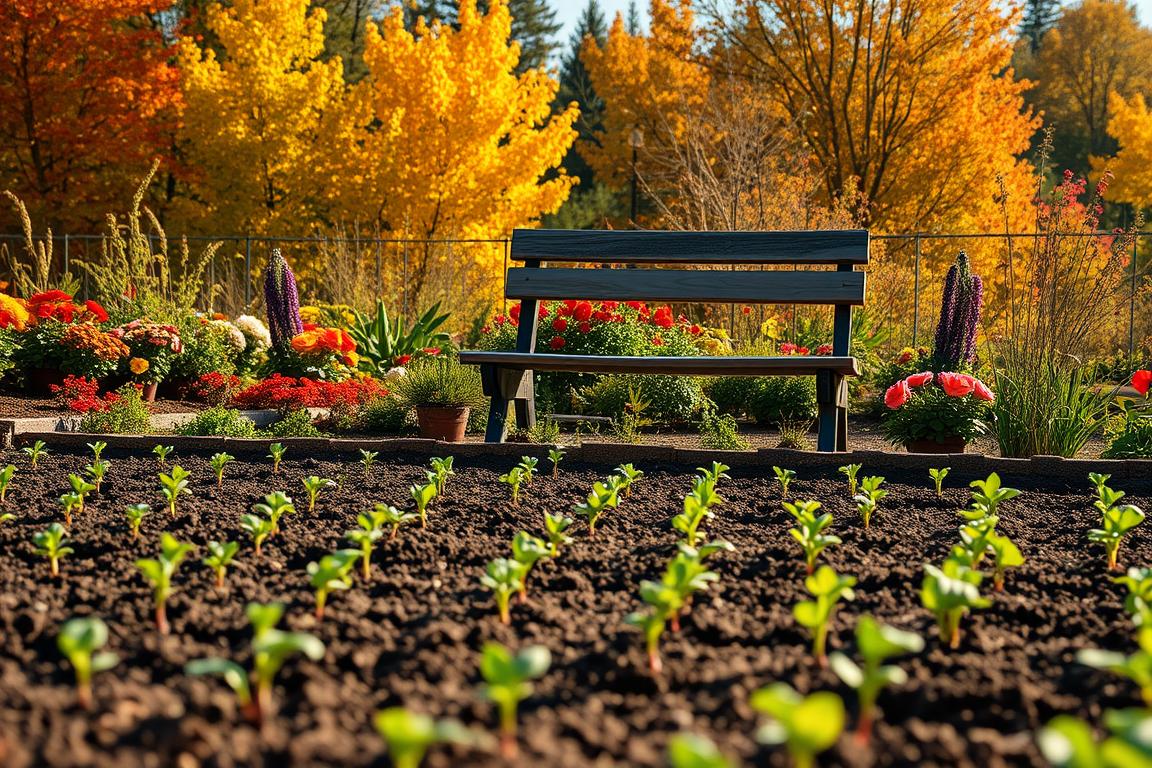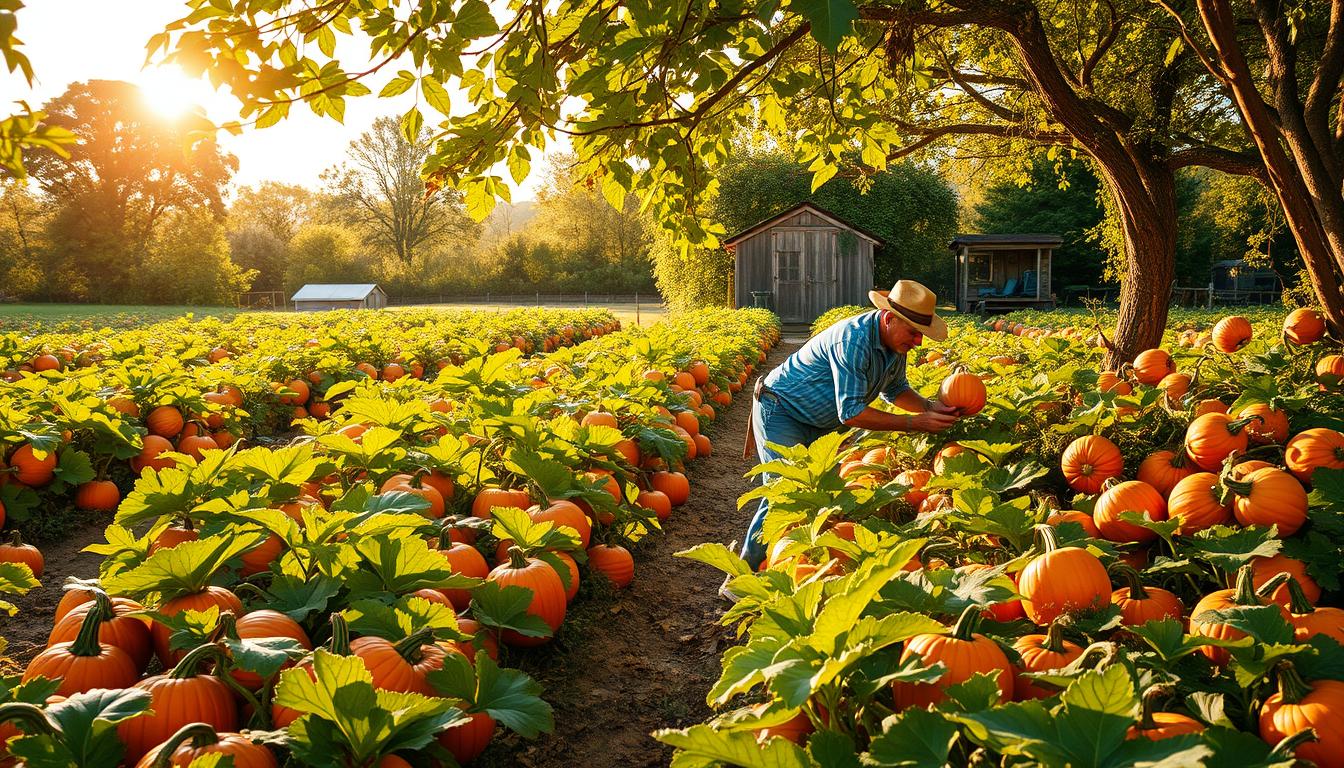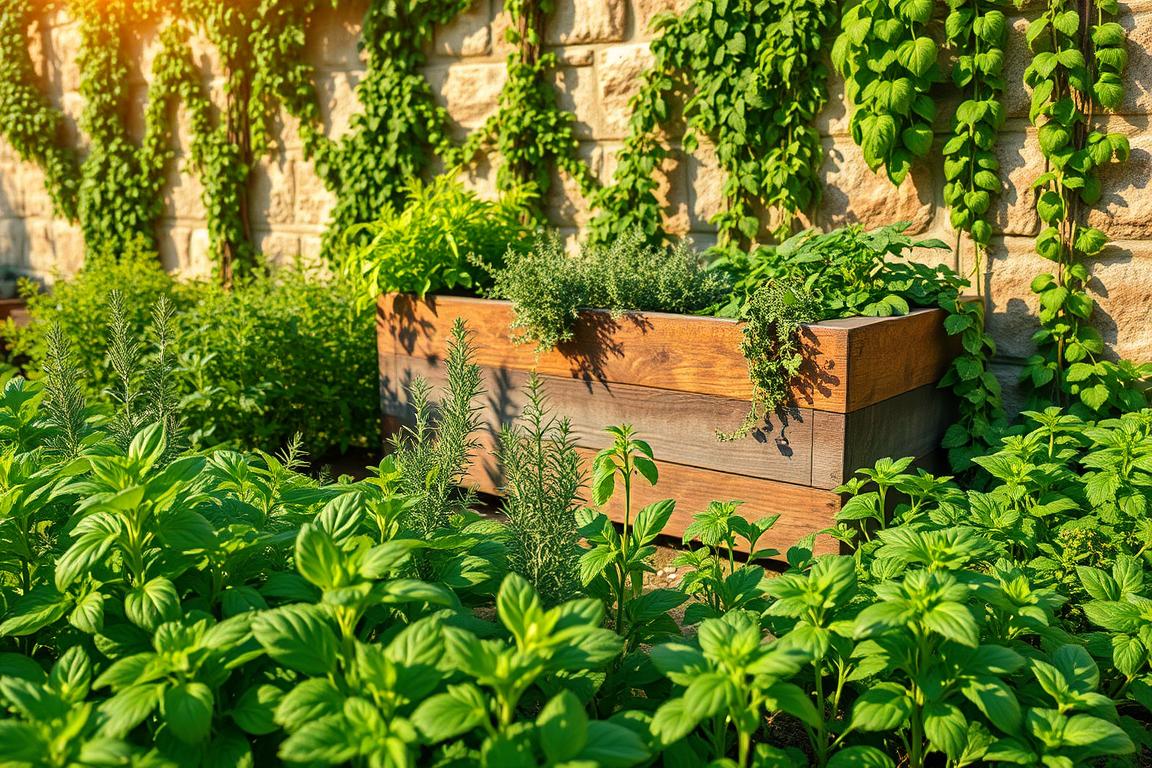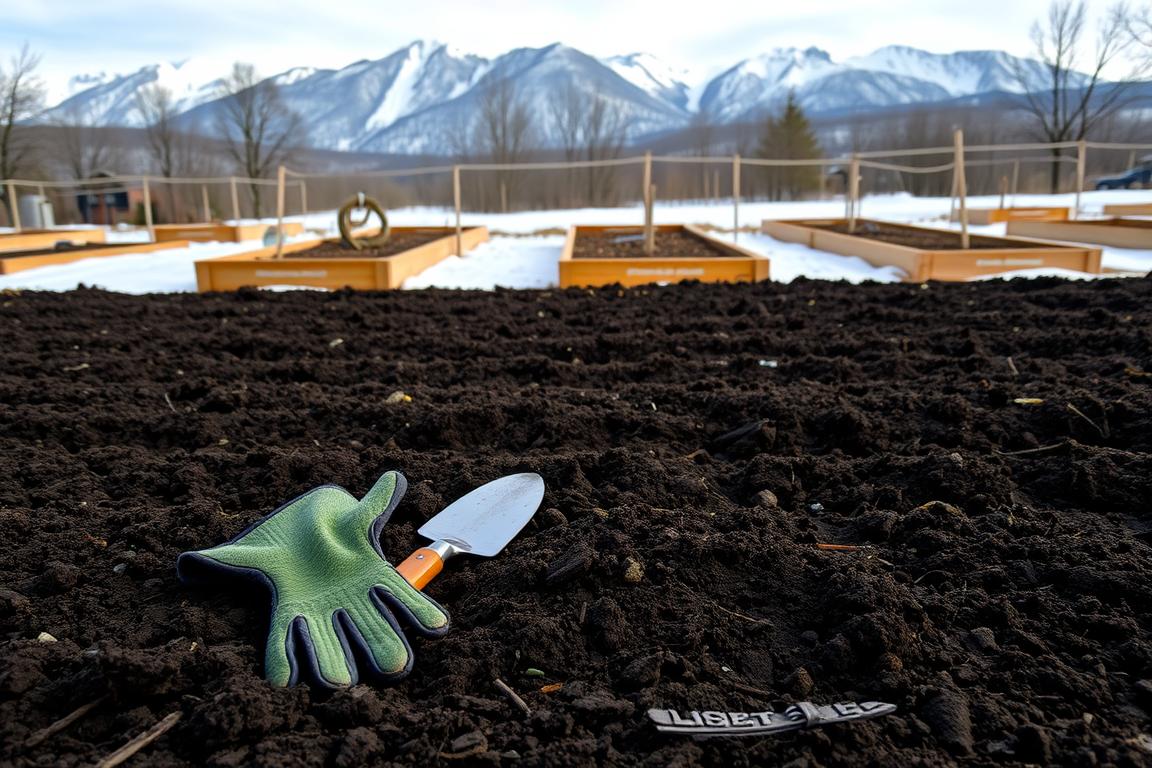Growing vegetables at home is rewarding and can provide fresh produce for your meals.
To achieve a healthy garden, using the right fertilizer is crucial.
Fertilizers supply essential nutrients that plants need to grow strong and produce well.
Choosing the best fertilizer can make a significant difference in the yield and health of your vegetable garden.
There are many types of fertilizers available, including organic and synthetic options.
Organic fertilizers often contain natural materials and can improve soil health over time.
Synthetic fertilizers are usually more concentrated and can deliver nutrients quickly.
When selecting a fertilizer, consider factors such as nutrient content, release type (slow or quick), and how well it suits your specific plants.
Understanding these aspects will help ensure your vegetables thrive.
Price, ease of use, and any specific application directions are also important.
Some fertilizers require careful measuring or specific timing for application, which can affect your gardening experience.
We researched various fertilizers to find the best options for growing vibrant and productive vegetable gardens.
Best Fertilizers for Vegetable Gardens
We have carefully selected the best fertilizers to help our vegetable gardens thrive.
These products are designed to provide essential nutrients for a healthy and productive garden.
Discover our top picks to support your gardening efforts.
Farmer’s Secret Spring Booster Fertilizer
This fertilizer is a strong choice for anyone wanting to kickstart their vegetable garden in the spring.
Pros
- Highly concentrated formula means a little goes a long way.
- Rich in nitrogen, promoting healthy leaf growth for plants.
- Versatile use on various plants like fruits, vegetables, and flowers.
Cons
- Requires proper dilution to avoid over-fertilization.
We recently used Farmer’s Secret Spring Booster in our garden and noticed an immediate boost in our plants.
The concentration provides a strong nitrogen boost, which is great for leafy growth.
We appreciated how easy it was to mix—just a teaspoon per gallon of water—and that meant we could cover quite a bit of ground.
The results were visible within days.
Our vegetable plants, such as tomatoes and peppers, seemed to perk up with vibrant green leaves.
This fertilizer also worked well on our flowers, giving everything an extra pop of life.
Scotts All Purpose Plant Food
We recommend Scotts All Purpose Flower and Vegetable Continuous Release Plant Food for its ease of use and effectiveness in boosting plant growth.
Pros
- Simple application process
- Provides nutrients for a wide range of plants
- Safe and won’t burn plants when used correctly
Cons
- Some users may find the price a bit high
- Results can take time to notice
After trying Scotts All Purpose Plant Food, we noticed a big difference in our vegetable garden.
The continuous-release formula really seems to work.
It feeds our plants with nitrogen for up to two months, which keeps them healthy and growing strong.
We used it for tomatoes and peppers, and both plants responded well, showing more vibrant leaves and better overall growth.
The application process is straightforward.
We sprinkled the plant food around our plants as directed and then raked it into the top layer of soil.
After a good watering, we saw improvement in just a couple of weeks.
It felt good knowing that we were helping our garden without complicated steps.
While we love this product, the bag felt a bit smaller than expected, especially for our larger space.
Even so, we appreciate how well it works, and we’ll likely continue using it in both our outdoor and indoor gardening.
Overall, Scotts Plant Food made a noticeable difference in our garden’s health and yields.
The Andersons 10-10-10 Fertilizer
We recommend this product for anyone looking to enrich their vegetable garden soil effectively.
Pros
- Provides immediate nutrition, making plants thrive quickly.
- Easy to apply over large areas, covering up to 5,000 square feet.
- Contains micronutrients and iron for deep greening.
Cons
- Not available for sale in California.
- Requires careful application to avoid staining sidewalks.
- The suggested spreader settings may need adjustment for best results.
Using The Andersons PGF Balanced 10-10-10 Fertilizer in our garden was a great choice.
The fine granules blended well with the soil, ensuring all our plants received the nutrients they needed.
We noticed a significant improvement in the growth of our vegetables within just a few weeks.
The thick, vibrant green leaves were satisfying and improved the overall look of our garden.
We appreciated that this formula can be used throughout the growing season.
It worked well in spring and even helped our plants prepare for the winter when we applied it in fall.
With every use, we could see the immediate effects on our vegetable patch—healthy growth and richer colors all around.
While this fertilizer has many benefits, we found that it can be messy if not applied carefully.
We had to blow off our driveway after spreading it to avoid any stains.
Also, we suggest double-checking the spreader settings since we had some discrepancies with the initial recommendations.
Despite this, the results speak for themselves, making The Andersons a staple in our gardening routine.
GreenView Multi-Purpose Fertilizer
We recommend GreenView Multi-Purpose Fertilizer for a reliable nutrient boost for our vegetable gardens and flowers.
Pros
- Balanced 10-10-10 NPK formulation works well for a variety of plants.
- Easy to apply and doesn’t burn plants.
- Great results, helping both vegetables and flowers thrive.
Cons
- Coverage may vary depending on plant type.
After using GreenView Multi-Purpose Fertilizer, we noticed a difference in the growth of our garden quickly.
The balanced formula provides essential nutrients for all sorts of plants, including our vegetables and flowers.
Applying it is simple, and we appreciate that it is designed to be safe, so we haven’t experienced any burning on our plants.
We love how versatile this fertilizer is.
We utilized it on everything from tomatoes to shrubs, and it performed well every time.
The granules are uniform, making spreading easy and efficient.
Within just a few days, our plants started looking greener and healthier, showing real signs of growth.
While it does require regular reapplication, we believe the results are worth the effort.
We recommend checking the coverage on the label to ensure you’re applying the right amount for your specific plants.
With a bit of effort each month, our garden has flourished.
Osmocote Smart-Release Plant Food
We believe this fertilizer is a top choice for any vegetable garden thanks to its effective formulation.
Pros
- Supports strong root growth and healthy plants
- Convenient slow-release formula
- Ideal for both vegetables and flowers
Cons
- Can be a bit pricey
Osmocote Smart-Release Plant Food has been a game-changer in our garden. We appreciate how it promotes vigorous growth in our vegetables and flowers.
The slow-release feature means we don’t have to worry about constant feeding. This product feeds for up to four months, which simplifies our gardening routine.
After applying it to our plants, we noticed healthier foliage and more vibrant blooms. It has become a go-to for us, especially for perennials.
The granules are easy to spread, and we just mix them into the soil. It feels good knowing our plants are getting the nutrients they need over an extended period.
While Osmocote might be a bit more expensive than other options, the results make it worth it. We have seen improvements in both growth and color in our garden. For anyone looking to boost their vegetable garden’s productivity, we highly recommend giving this fertilizer a try.
Buying Guide
Choosing the right fertilizer for our vegetable gardens is important for healthy plants and good yields. Here are some key factors to consider.
Nutrient Content
Fertilizers provide essential nutrients. We should look for the N-P-K ratio on the package:
- N = Nitrogen (promotes leafy growth)
- P = Phosphorus (supports root development)
- K = Potassium (enhances overall health)
Type of Fertilizer
There are two main types of fertilizers:
- Organic Fertilizers: Made from natural materials, these improve soil health over time.
- Synthetic Fertilizers: These offer quick nutrient absorption but may not improve soil structure.
Release Rate
Fertilizers can be categorized by how quickly they release nutrients:
- Quick-release: Act fast but may need more frequent application.
- Slow-release: Provide nutrients over a longer period, reducing the number of applications needed.
Soil Testing
Before purchasing, we should test our soil to understand its nutrient levels. This helps us select the best fertilizer to meet our plants’ needs.
Environmental Impact
We should consider the environmental effects of our fertilizers. Choosing eco-friendly options can help protect our gardens and surrounding wildlife.
Application Method
Consider how we plan to apply the fertilizer. Some options require mixing with soil, while others can be sprinkled on top. Knowing this can help us choose the right product for our gardening style.
Frequently Asked Questions
We often get questions about the best practices for fertilizing vegetable gardens. Here we will address common concerns related to fertilizer types, schedules, and the benefits of homemade options.
What type of fertilizer promotes the best yield in a vegetable garden?
For the best yield, we recommend using fertilizers high in nitrogen, phosphorus, and potassium. A balanced fertilizer, such as a 10-10-10 mix, can support overall growth. Specific crops may also benefit from tailored formulas.
How do I select an organic fertilizer suitable for a home vegetable garden?
To select an organic fertilizer, we look for options that contain natural ingredients like compost, manure, or seaweed. We should check that it’s labeled for vegetable use and meets our garden’s specific nutrient needs.
What is the recommended schedule for fertilizing vegetables throughout their growing season?
We typically fertilize when planting seeds and then every 4 to 6 weeks during the growing season. It’s helpful to monitor plant growth and adjust our schedule based on their needs.
Which fertilizers are most effective for growing tomatoes and other common vegetables?
For tomatoes, we find that a fertilizer high in phosphorus, like 5-10-10, promotes strong root growth and fruit production. Other vegetables may benefit from similar nutrient balances, depending on their specific requirements.
What considerations should I take into account when choosing fertilizer for vegetables grown in containers?
When fertilizing container-grown vegetables, we consider the limited soil volume. Water-soluble fertilizers are useful for quick nutrient uptake. We also ensure not to over-fertilize, as nutrients can build up more quickly in containers.
Are there any benefits to using homemade fertilizers in my vegetable garden, and what are they?
Using homemade fertilizers can be cost-effective and eco-friendly. They often contain nutrients from kitchen scraps and compost. These nutrients improve soil health and provide essential elements for our plants.


